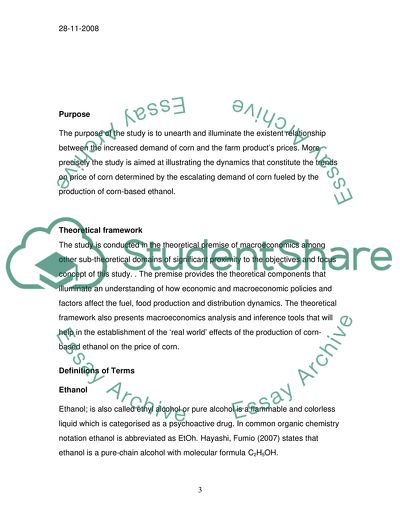Cite this document
(An Analysis of the Impacts of Corn-Based Ethanol Production on the Thesis, n.d.)
An Analysis of the Impacts of Corn-Based Ethanol Production on the Thesis. https://studentshare.org/macro-microeconomics/1717963-an-analysis-of-the-impacts-of-corn-based-ethanol-production-on-the-united-states-corn-price
An Analysis of the Impacts of Corn-Based Ethanol Production on the Thesis. https://studentshare.org/macro-microeconomics/1717963-an-analysis-of-the-impacts-of-corn-based-ethanol-production-on-the-united-states-corn-price
(An Analysis of the Impacts of Corn-Based Ethanol Production on the Thesis)
An Analysis of the Impacts of Corn-Based Ethanol Production on the Thesis. https://studentshare.org/macro-microeconomics/1717963-an-analysis-of-the-impacts-of-corn-based-ethanol-production-on-the-united-states-corn-price.
An Analysis of the Impacts of Corn-Based Ethanol Production on the Thesis. https://studentshare.org/macro-microeconomics/1717963-an-analysis-of-the-impacts-of-corn-based-ethanol-production-on-the-united-states-corn-price.
“An Analysis of the Impacts of Corn-Based Ethanol Production on the Thesis”. https://studentshare.org/macro-microeconomics/1717963-an-analysis-of-the-impacts-of-corn-based-ethanol-production-on-the-united-states-corn-price.


